Museum of Old and New Art (MONA), Hobart | Art Museum Guide

Source: Jeffowenphotos, Museum of Old and New Art, Wikipedia, https://en.wikipedia.org/wiki/File:Sidney_Nolan_Snake.jpg
The art museum, Museum of Old and New Art (MONA), Hobart, is one of Australia’s most distinctive and talked-about cultural landmarks. Opened in 2011 by Tasmanian philanthropist David Walsh, MONA has redefined the museum experience with its daring approach to exhibiting art. Built into the cliffs along the Derwent River, the museum’s striking architecture conceals much of the structure underground, creating an immersive journey from the moment visitors arrive.
MONA’s collection spans a vast timeline, showcasing both ancient artifacts and cutting-edge contemporary works. Its exhibitions often challenge conventional ideas, encouraging viewers to engage with art on a personal and thought-provoking level. The museum’s curatorial style merges old and new in unexpected ways, making each visit a unique exploration of history, culture, and creativity.
Beyond its galleries, MONA offers an array of experiences, including outdoor sculptures, performance events, fine dining venues, and scenic spaces overlooking the Tasmanian landscape. The venue also features a distinctive ferry service that transports visitors directly to its doorstep.
For travelers seeking an art museum that blends innovation, spectacle, and intellectual depth, the Museum of Old and New Art (MONA), Hobart, stands as a must-visit destination that continues to push the boundaries of what a museum can be.
Architectural Design
The art museum, Museum of Old and New Art (MONA), Hobart, is celebrated as much for its groundbreaking architecture as for its daring exhibitions. Designed by Fender Katsalidis Architects, the building is ingeniously embedded into the sandstone cliffs along the Derwent River, creating a hidden, almost secretive approach to the museum experience. From the outside, only a minimal portion of the structure is visible, allowing the natural landscape to remain dominant.
Visitors typically enter the museum from the top level and descend deep underground via a spiral staircase or glass lift. This inversion of the traditional gallery layout creates a sense of discovery, as each level reveals new and unexpected spaces. The interior is a striking mix of raw sandstone walls, sleek concrete surfaces, and atmospheric lighting, producing an environment that feels both intimate and monumental.
Natural textures are intentionally preserved, with the sandstone cliffs forming part of the gallery walls. The interplay between organic surfaces and modern materials reflects the museum’s philosophy of blending the ancient with the contemporary. Outdoor terraces and landscaped areas integrate art installations with panoramic river views, creating a seamless connection between architecture, environment, and exhibition space. The result is a museum design that is as much an artwork as the pieces it houses.
Permanent Collection
The permanent collection at the art museum, Museum of Old and New Art (MONA), Hobart, is an eclectic and thought-provoking blend of ancient and contemporary works. Curated with a bold and unconventional approach, the collection spans millennia, encompassing everything from ancient Egyptian relics to provocative modern installations.
One of MONA’s defining features is its refusal to arrange art chronologically or by conventional categories. Instead, ancient coins may sit alongside digital art, or a centuries-old artifact may be paired with a multimedia installation. This juxtaposition invites visitors to draw personal connections and question traditional art classifications.
The collection is drawn from founder David Walsh’s private holdings, supplemented by acquisitions and commissioned works. Pieces range in medium and scale, including sculptures, paintings, photography, video art, and interactive installations. Some works are deeply philosophical, tackling themes such as mortality, sexuality, and human behavior, while others are playful or experimental in nature.
MONA’s use of its “O” device allows visitors to explore detailed narratives, background stories, and multiple interpretations for each piece. This interactive approach encourages deeper engagement with the artworks. The permanent collection is not static; pieces are rotated and reimagined within the galleries, ensuring that even repeat visitors encounter fresh experiences and surprising new perspectives.
Special Exhibitions
The art museum, Museum of Old and New Art (MONA), Hobart, is renowned for its dynamic program of special exhibitions that continually challenge artistic boundaries. These temporary displays often feature both Australian and international artists, providing a platform for experimental and provocative works that spark discussion. Themes can range from the deeply personal to the universally political, exploring issues such as identity, environmental change, technology, and human behavior.
Special exhibitions at MONA are immersive by design, frequently incorporating multimedia elements, large-scale installations, and interactive components. Visitors might encounter soundscapes, moving images, or environments that completely transform the perception of space within the museum. These experiences are carefully crafted to be as engaging visually as they are intellectually stimulating.
The museum regularly collaborates with leading curators, cultural institutions, and artists to develop these projects, ensuring a high standard of creativity and originality. Many special exhibitions are complemented by talks, performances, and events that allow visitors to engage with the artists and concepts on a deeper level.
Because these exhibitions are temporary, they bring a sense of urgency and exclusivity to each visit, making every trip to MONA potentially unique. The constantly evolving program reinforces MONA’s reputation as an art museum that thrives on innovation and boldness.
Curatorial Approach
The curatorial approach of the art museum, Museum of Old and New Art (MONA), Hobart, is unconventional and deliberately disruptive. Rather than presenting art in traditional chronological or thematic groupings, the museum blends ancient artifacts with contemporary works in unexpected ways. This method encourages visitors to form personal interpretations and challenge their preconceived notions about art history.
Founder David Walsh and his curatorial team adopt a philosophy that prioritizes emotional and intellectual engagement over rigid classification. An ancient Egyptian sarcophagus might be displayed next to a modern video installation, creating a dialogue that transcends time and culture. This bold juxtaposition of eras and mediums reflects MONA’s mission to provoke thought and conversation.
The absence of wall labels is another distinctive feature of the curatorial style. Instead, visitors are given the “O” device, a digital guide that provides detailed information, artist commentary, and interpretive essays. This technology-driven approach allows guests to choose how much or how little context they want, tailoring the experience to individual curiosity levels.
MONA’s curatorial strategy also embraces the physical environment, integrating raw sandstone walls and dimly lit corridors into the narrative of the artworks. This immersive, theatrical presentation transforms the act of viewing art into a multisensory journey, making the museum visit as much about atmosphere as it is about the objects on display.
Digital Interpretation Tools
The art museum, Museum of Old and New Art (MONA), Hobart, takes a groundbreaking approach to art interpretation through its innovative “O” device. This custom-designed handheld guide replaces traditional wall labels, offering visitors a highly personalized and interactive way to engage with the artworks. Upon entry, guests are provided with the device, which uses location technology to detect nearby pieces and present detailed information on its screen.
The “O” device offers multiple layers of content, including artist statements, curatorial insights, background history, and even personal anecdotes related to the work. For those who prefer minimal explanation, a “Summary” option gives a concise overview, while the “More” feature provides in-depth analysis for art enthusiasts who wish to dive deeper. Some entries also include audio, video, or interviews, further enriching the viewing experience.
An especially unique feature is the “Love” or “Hate” button, allowing visitors to record their reactions to each piece. These preferences can be saved and later accessed online, creating a personalized record of the visit. By giving control over the amount and type of information received, MONA’s digital interpretation tools ensure that each guest can navigate the museum’s collections in a way that suits their curiosity and pace.
Live Performances And Events
The art museum, Museum of Old and New Art (MONA), Hobart, is not only a hub for visual art but also a vibrant venue for live performances and cultural events. Its programming regularly includes music concerts, theatre productions, dance performances, and multimedia shows that complement and expand upon the museum’s exhibitions.
MONA’s events often take place in unique spaces within the museum and its grounds, such as outdoor stages, intimate indoor venues, and even unconventional performance settings integrated into gallery spaces. This variety of environments allows for creative and often unexpected audience experiences.
One of the most notable aspects of MONA’s event calendar is its inclusion of the popular festivals it hosts or contributes to, such as the MOFO (Museum of Old and New Art: Festival of Music and Art) and Dark Mofo, which draw international attention. These festivals feature an eclectic mix of contemporary music, performance art, large-scale installations, and community gatherings, all delivered with MONA’s signature edge.
In addition to major festivals, the museum schedules smaller-scale performances, artist talks, and panel discussions throughout the year. These events provide opportunities for visitors to engage directly with creators and performers, fostering a deeper appreciation for the artistic process. For many guests, these live experiences are as memorable as the artworks themselves, adding a dynamic, ever-changing dimension to the museum visit.
Outdoor Art Installations
The art museum, Museum of Old and New Art (MONA), Hobart, extends its creativity beyond the gallery walls with an impressive array of outdoor art installations. Set within the museum’s expansive grounds overlooking the Derwent River, these works merge art with nature, creating a visually striking and immersive environment.
Visitors strolling through the landscaped areas encounter sculptures and large-scale works by both Australian and international artists. The outdoor collection ranges from bold contemporary pieces to subtle, site-specific works that respond directly to the Tasmanian landscape. Each installation is strategically placed to encourage exploration and interaction, with some works designed to be touched, walked through, or viewed from multiple angles.
The integration of art with the natural surroundings enhances the sensory experience. Changing light, weather, and seasonal conditions alter the appearance of each piece, offering visitors a new perspective with every visit. The open-air setting also allows for monumental works that might not fit inside the museum’s underground galleries.
Many outdoor installations serve as a prelude to the indoor experience, setting the tone for MONA’s unconventional approach. Whether approached from the ferry or by foot, guests are greeted by this blend of sculpture and scenery, making the museum’s exterior as memorable as its interior.
Museum Shop
The museum shop at the art museum, Museum of Old and New Art (MONA), Hobart, is as distinctive and unconventional as the institution itself. It offers a carefully curated selection of products that reflect the museum’s bold personality and artistic vision.
Visitors can browse an eclectic range of items, from art-inspired books and exhibition catalogues to unique homewares, jewelry, and fashion pieces. Many products are exclusive to MONA, including limited-edition prints and merchandise created in collaboration with artists featured in the museum’s exhibitions. This exclusivity makes the shop a destination in its own right for collectors and art enthusiasts.
The design of the shop mirrors the museum’s contemporary aesthetic, with clean lines, striking displays, and a layout that encourages exploration. Staff are knowledgeable about the products and often share insights into the stories behind them, adding a personal touch to the shopping experience.
For those who wish to extend their MONA experience beyond the visit, the shop also offers gourmet food and wine from Tasmania, along with quirky souvenirs that embody the museum’s playful and provocative spirit. Whether purchasing a meaningful keepsake or simply enjoying the creative atmosphere, the museum shop offers a memorable conclusion to the MONA journey.
Getting There
Reaching the art museum, Museum of Old and New Art (MONA), Hobart, is an experience in itself, with several transport options that cater to different preferences. One of the most iconic ways to arrive is via the MONA ferry service, which departs from Hobart’s Brooke Street Pier. This scenic 25-minute journey along the Derwent River offers striking views of the Tasmanian landscape and delivers visitors directly to the museum’s riverside entrance. The ferry itself is uniquely designed, adding a touch of creativity to the commute.
For those traveling by car, MONA is located approximately 11 kilometers north of Hobart’s city center, with clear signage guiding visitors from major routes. On-site parking is available, though spaces can be limited during peak times, so early arrival is recommended.
Public transport is also an option, with buses running from central Hobart to stops near the museum. Cycling enthusiasts can take advantage of bike-friendly routes and facilities, combining a museum visit with an active day out.
Regardless of the chosen method, the approach to MONA is part of the overall experience, with the dramatic architecture emerging from its cliffside setting. Whether arriving by river, road, or bike path, visitors are met with a sense of anticipation that sets the tone for the museum’s unconventional and engaging offerings.
Visitor Experience
The visitor experience at the art museum, Museum of Old and New Art (MONA), Hobart, is designed to be immersive, unconventional, and thought-provoking. From the moment guests arrive, they are invited to step into a world where art, architecture, and landscape merge seamlessly.
Inside, the journey begins with a descent into the subterranean galleries, where raw sandstone walls, dim lighting, and unexpected sightlines create a dramatic atmosphere. The absence of traditional labels, replaced by the interactive “O” device, allows visitors to engage with artworks in a self-directed and personalized way.
The museum’s layout encourages exploration, with winding pathways, hidden corners, and sudden transitions between ancient artifacts and cutting-edge contemporary pieces. Outdoor installations and scenic terraces provide moments of reflection, while live events and performances add an ever-changing layer of cultural activity.
Dining options, ranging from casual cafés to fine dining restaurants, enhance the overall experience by offering a taste of Tasmania’s celebrated cuisine. The museum shop extends the visit beyond the galleries with unique souvenirs and art-inspired products.
What sets MONA apart is its ability to surprise and challenge perceptions. Every visit feels distinct, with rotating exhibitions, evolving installations, and fresh programming ensuring there is always something new to discover. This blend of sensory, intellectual, and emotional engagement makes a trip to MONA both memorable and inspiring.
Conclusion
The art museum, Museum of Old and New Art (MONA), Hobart, stands as a bold and innovative cultural destination that redefines the museum experience. Its striking architecture, diverse collections, and thought-provoking exhibitions create an environment where art is experienced in unexpected and engaging ways. From ancient artifacts to cutting-edge contemporary works, every aspect of MONA invites curiosity and conversation. Combined with outdoor installations, live performances, and exceptional dining, it offers visitors a multifaceted journey through creativity. Whether arriving by ferry or exploring its underground galleries, MONA remains an unforgettable highlight for anyone visiting Hobart and seeking an extraordinary art encounter.
Let Us Know What You Think!
Every information you read here are written and curated by Kreafolk's team, carefully pieced together with our creative community in mind. Did you enjoy our contents? Leave a comment below and share your thoughts. Cheers to more creative articles and inspirations!


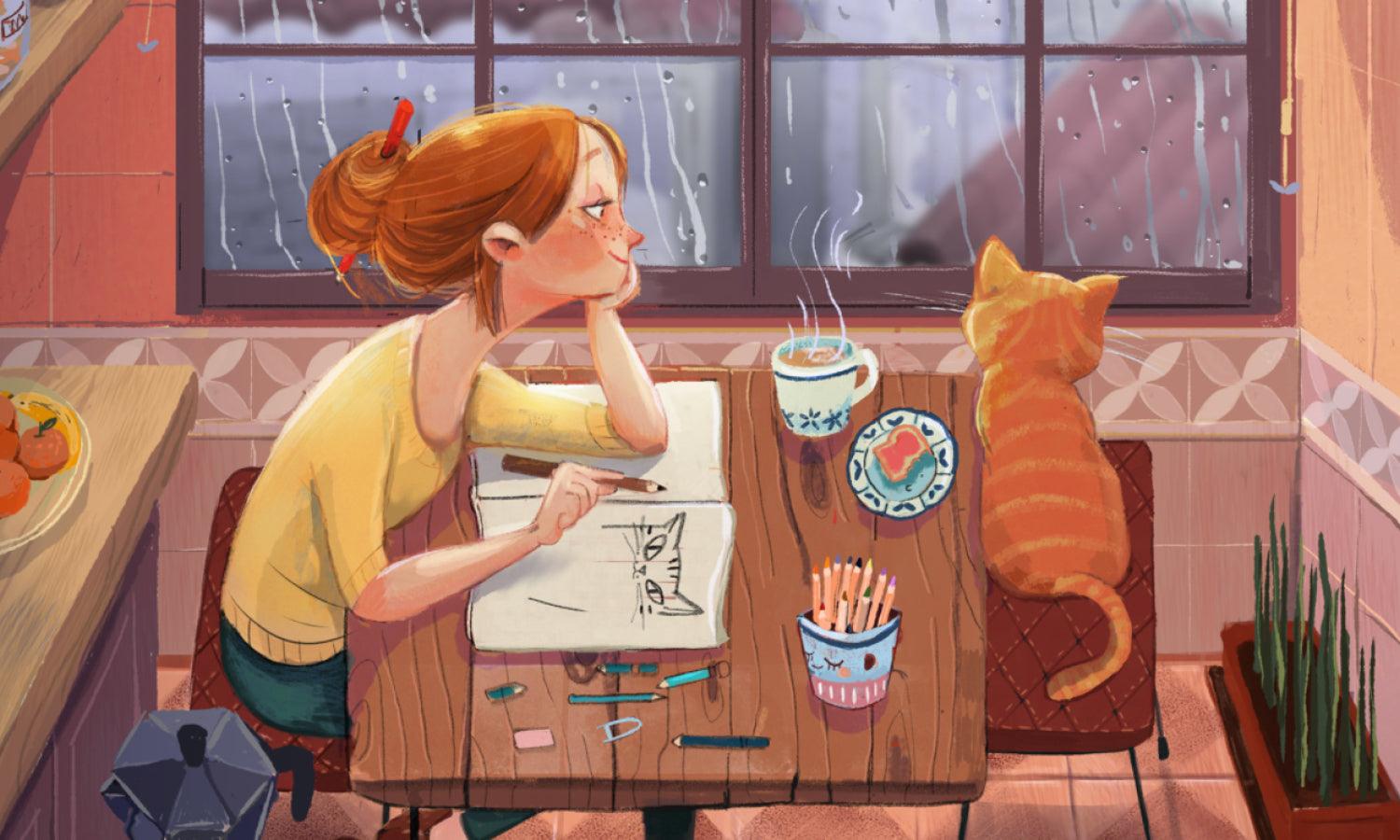
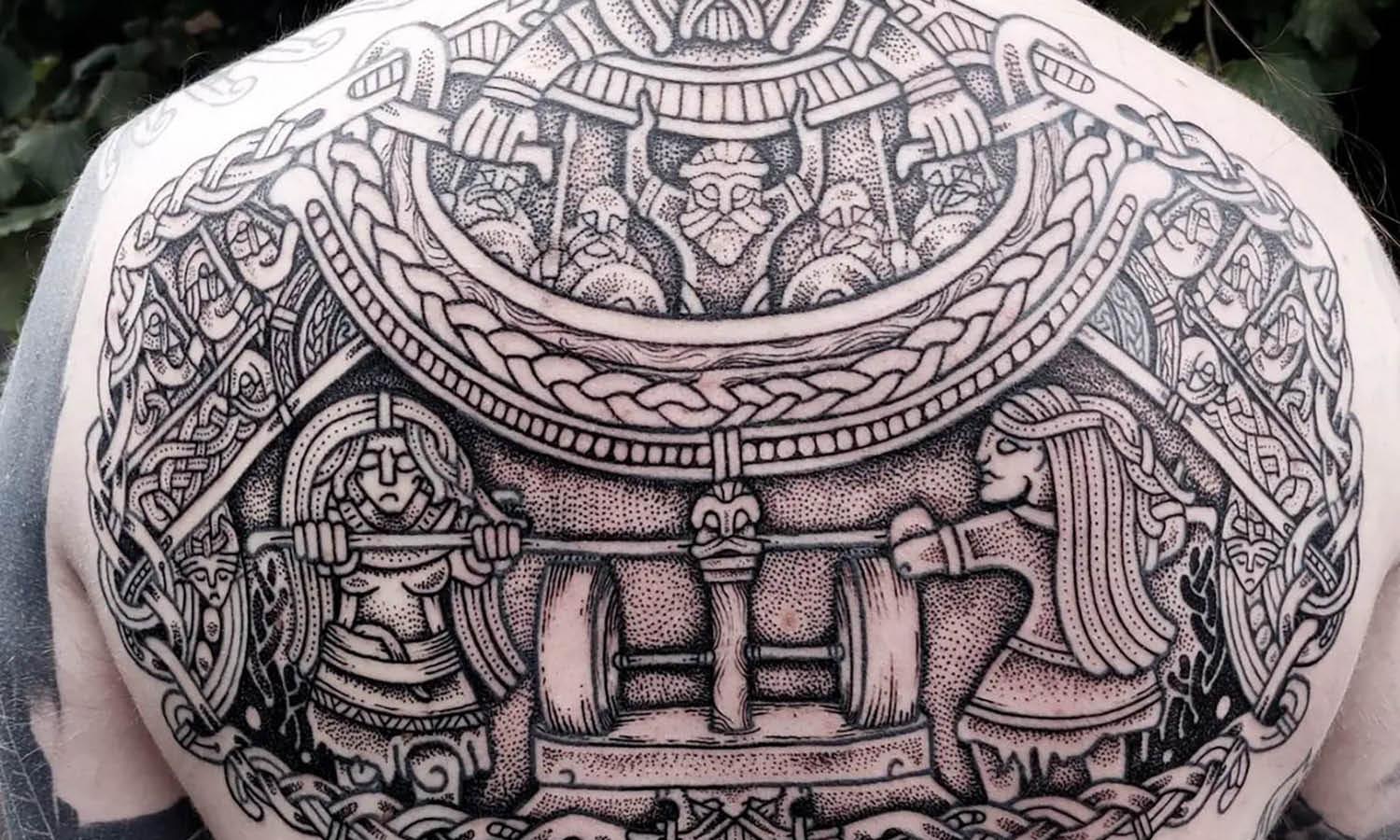
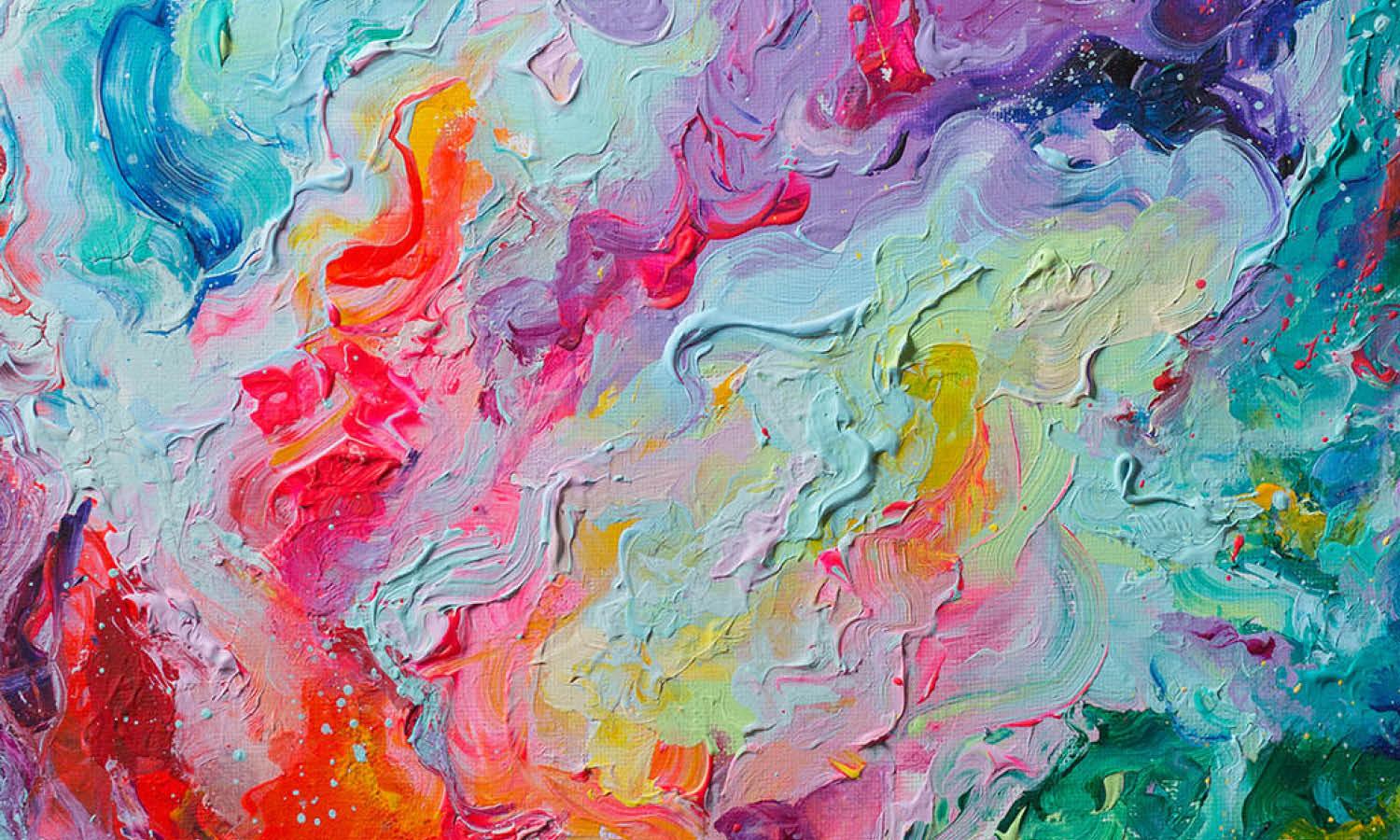
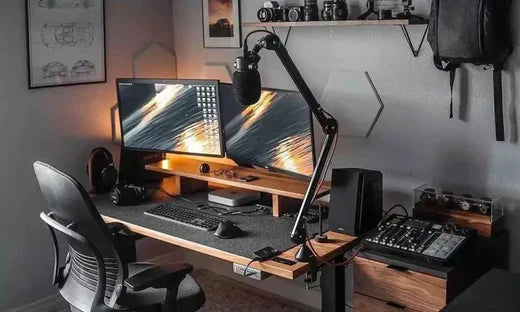


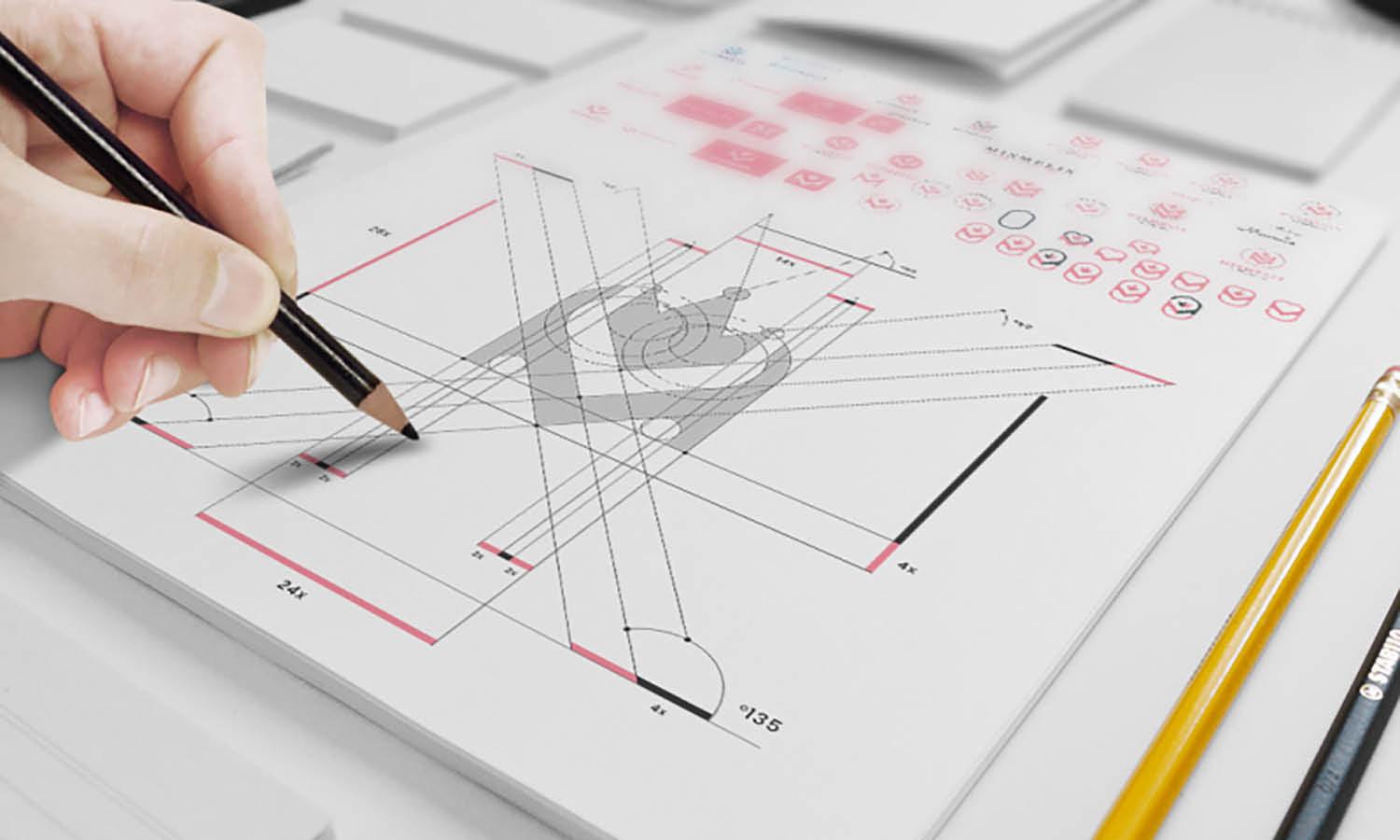
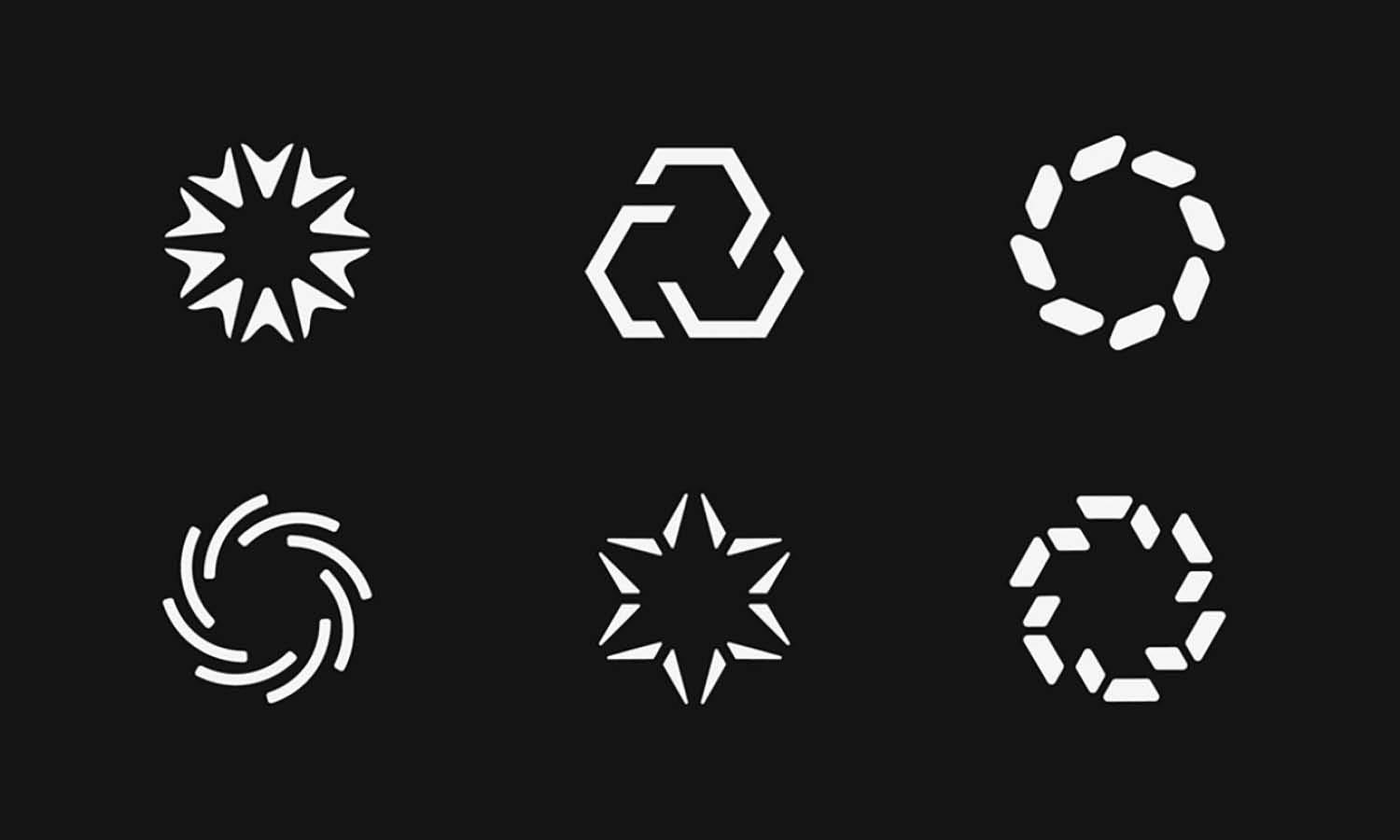






Leave a Comment